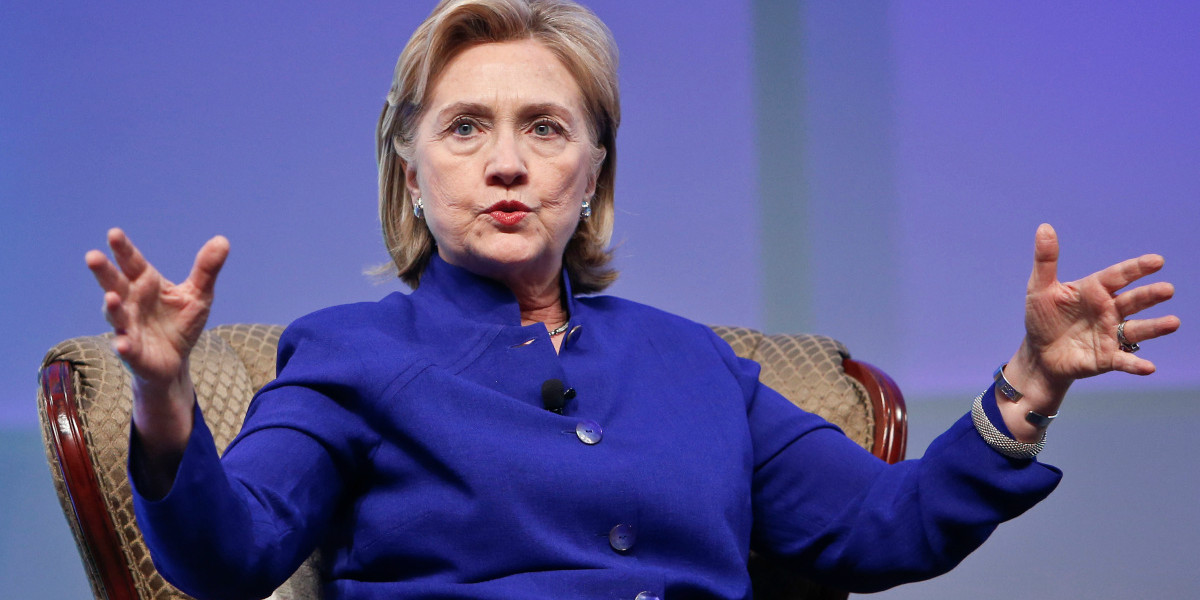Democrats want voters to believe they have a lock on the electoral college, referred to as the “blue wall.” So, Republicans, don’t even waste your time because you CAN’T WIN.
Videos by Rare
The truth is that the so-called blue wall is an marketing effort to hide the more likely chance of a “blue fall.”
Michael Barone, one of the best election analysts in the country, says that according to the theory, Democrats have sewn up 240 electoral votes in 18 states and only need 30 more votes to win the electoral college.
Republicans, by contrast, can only count on about 105 electoral votes and thus need 165 to win—a very steep hill to climb.
Barone contends that Republicans have a better chance than the blue-wall theory implies, and he uses recent presidential elections to defend his thesis. But his argument looks backward instead of forward and misses the growing voter dissatisfaction with President Obama and his policies, and by extension, the Democratic Party.
The 2008 and 2012 presidential elections pitted one of the best Democratic candidates—note: being a good candidate is not the same as being a good statesman—against two of the worst Republican candidates, especially given the growing conservative/libertarian shift in the Republican base. So instead of past presidential elections, let’s look at recent statewide elections to detect voter sentiment.
Every state votes statewide for two U.S. senators and its governor. If a state has a Republican statewide elected official in one of those three slots, Republicans can win in that state, even if it’s widely considered blue. The same is true for Democrats in a red-leaning state.
There are 20 states with two Republican senators representing 180 electoral votes, and 15 states with two Democratic senators with 200 votes.
But one state with two Republican senators has a Democratic governor, Kentucky (Alaska’s governor is an independent). And five states with two Democratic senators (MD, MA, MI, NJ and NM) have a Republican governor, with Maryland and Massachusetts being recent victories.
If we remove Kentucky’s eight electoral votes from the GOP total—because a Democrat can win statewide—you have 172 firm Republican electoral votes. And if we remove the 56 electoral votes of the five blue-leaning states with two Democratic senators and yet a Republican governor from the Democratic total, we get 144 firm Democratic electoral votes.
In short, what we might call solid red-state electoral votes outnumber blue-state votes by 28 (172 to 144), which sounds a long way from a Democratic blue-wall lock on the electoral college.
Any reasonable assessment of Republican and Democratic presidential chances would put them pretty close in the starting gate. And 2014 demonstrated that the momentum is with Republicans, who now control more than three-fifths of governors’ mansions (including the very blue states of Illinois, Maryland, and Massachusetts) and the large majority of state houses—not to mention gaining nine new Senate seats.
Democrats’ pretentions at a 2016 electoral college blue wall is driven by fear, not realism, of an even bigger “big fall.”



